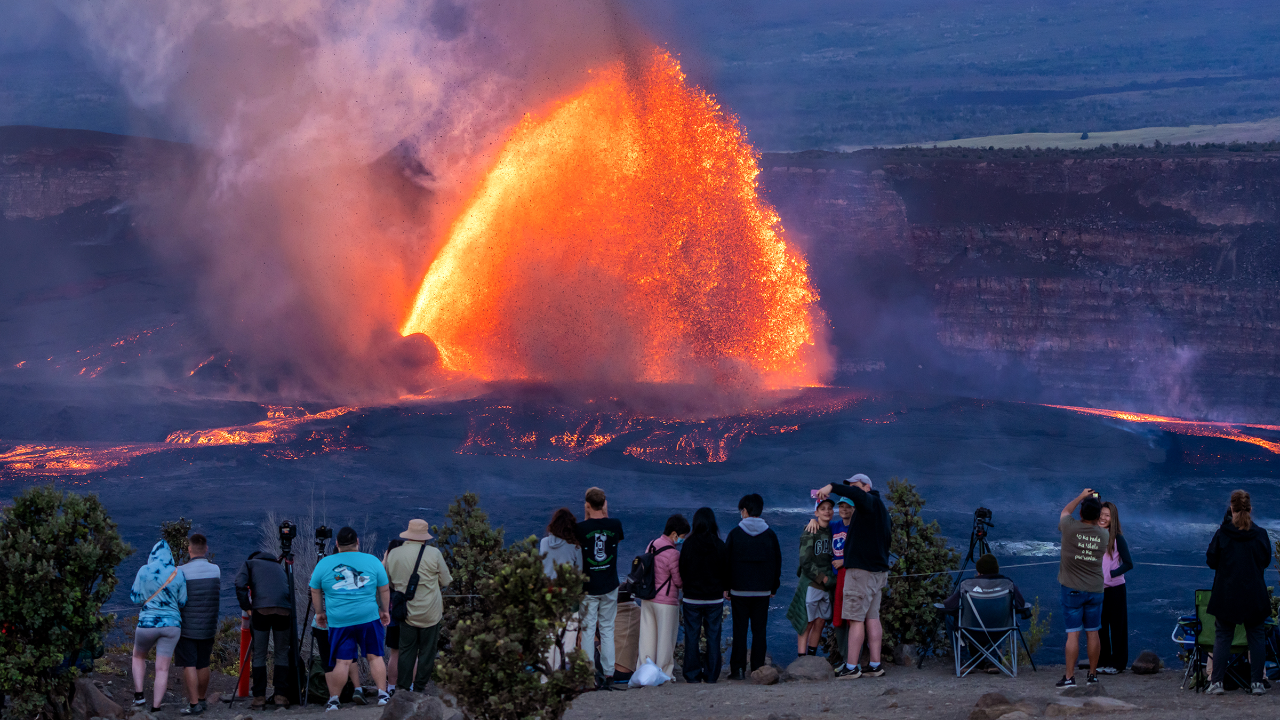
The ground rumbles beneath the iconic Kilauea volcano, an unsettling reminder of its volatile nature. Since December 23, 2024, the US Geological Survey (USGS) has monitored an ongoing eruption confined to the summit caldera. With episodic lava fountaining continuing, the USGS initially raised Kilauea to WARNING alert status on December 23, 2024, at 2:41 AM HST, and subsequently lowered it to WATCH alert status at 6:43 AM the same day, a level that has been maintained since, as confirmed by official USGS advisories and updates from Hawaii News Now and CNN.
Scientists intensify their monitoring efforts in line with standard protocols outlined by the Hawaii Emergency Management Agency as the eruption continues within the closed area of Hawaiʻi Volcanoes National Park.
Ongoing Volcanic Activity
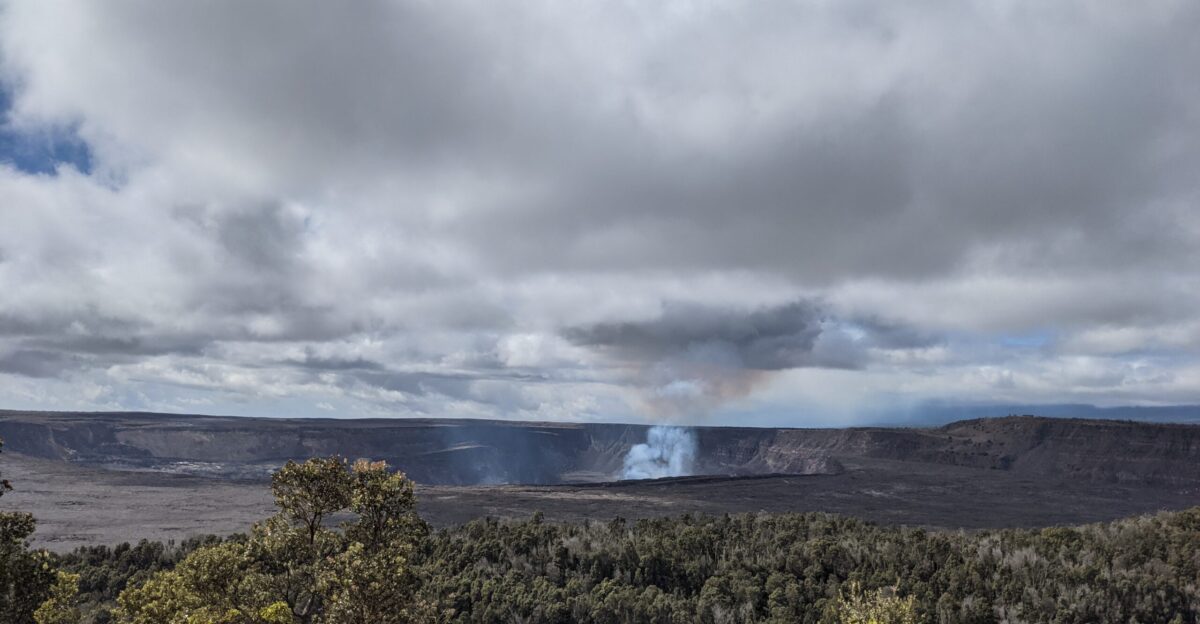
Kilauea’s eruption, which began nearly a year ago, has entered episodic phases characterized by periodic lava fountaining events separated by pauses. The most recent fountaining episode (Episode 37) occurred in late November 2025, with lava fountains reaching heights of 500-600 feet (per USGS Hawaiian Volcano Observatory). While the volcanic tremors and eruptive activity are notable, officials emphasize that there is no immediate threat to human life or infrastructure, as indicated in recent state and county press releases.
No evacuation orders have been given, as the eruption remains confined to the summit caldera within the closed area of Hawaiʻi Volcanoes National Park, consistent with community updates from Hawaii News Now and official county advisories.
Volcanic Legacy
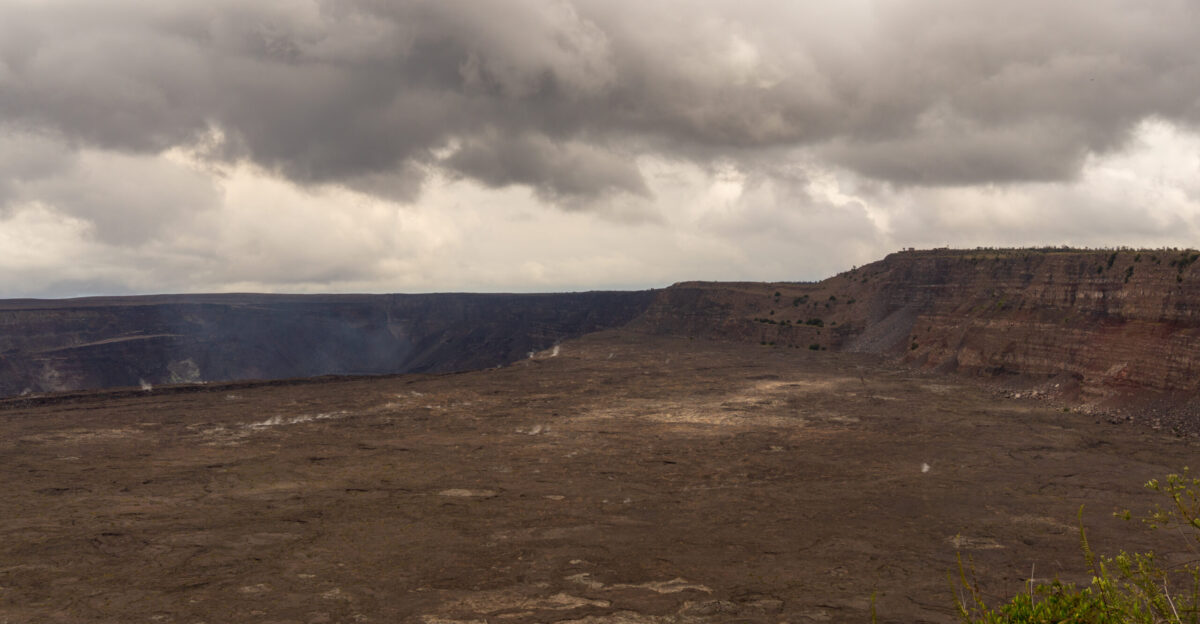
Kilauea’s eruptions have shaped Hawaii’s landscape for centuries. A major eruption began on January 3, 1983 (per Smithsonian Institution Global Volcanism Program), marking the beginning of an extended eruptive phase that drew significant scientific interest due to the volcano’s frequent and dramatic outbursts.
The 2018 eruption, documented by the USGS and Smithsonian Volcano Observatory, resulted in significant impacts to the Lower Puna rift zone, destroying property and reshaping the environment. Today, Kilauea remains one of the most closely observed volcanoes, providing vital data about volcanic behavior and the impact on surrounding communities, as described in USGS bulletins.
Current Monitoring
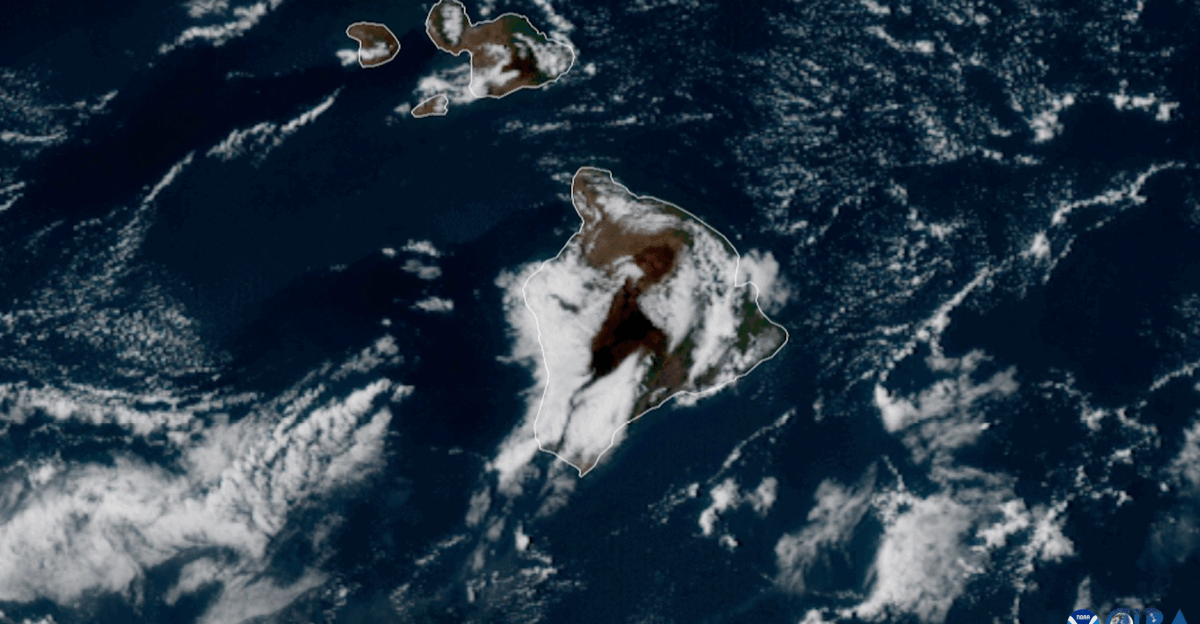
In recent months, scientists have detected episodic signs of magma accumulation and release at Kilauea’s summit, characterized by the alternating pattern of lava fountaining and pauses. These changes indicate ongoing volcanic unrest.
According to independent reports from the USGS and reputable outlets, scientists are closely watching the volcano for any sudden shifts that could intensify future eruptive activity.
Ongoing Alert Status
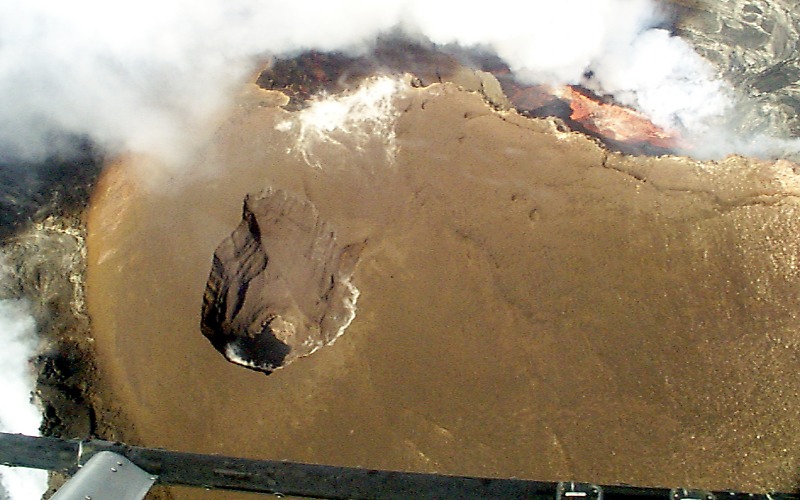
On December 23, 2024, when the eruption commenced, the USGS initially issued a WARNING alert level (with RED aviation color code) at 2:41 AM HST. The alert level was subsequently lowered to WATCH (with ORANGE aviation color code) at 6:43 AM HST the same day, and has been maintained at this level, as confirmed by official USGS press releases. This alert level indicates the possibility of continued or intensifying eruptions within the summit caldera, with the potential for large lava fountains to emerge suddenly from Halemaʻumaʻu crater (USGS, CNN, Hawaii News Now).
Officials advise that residents and visitors to Hawaiʻi Volcanoes National Park should remain aware of hazard warnings, as the situation is unpredictable and volcanic activity could escalate at any time.
Primary Hazards
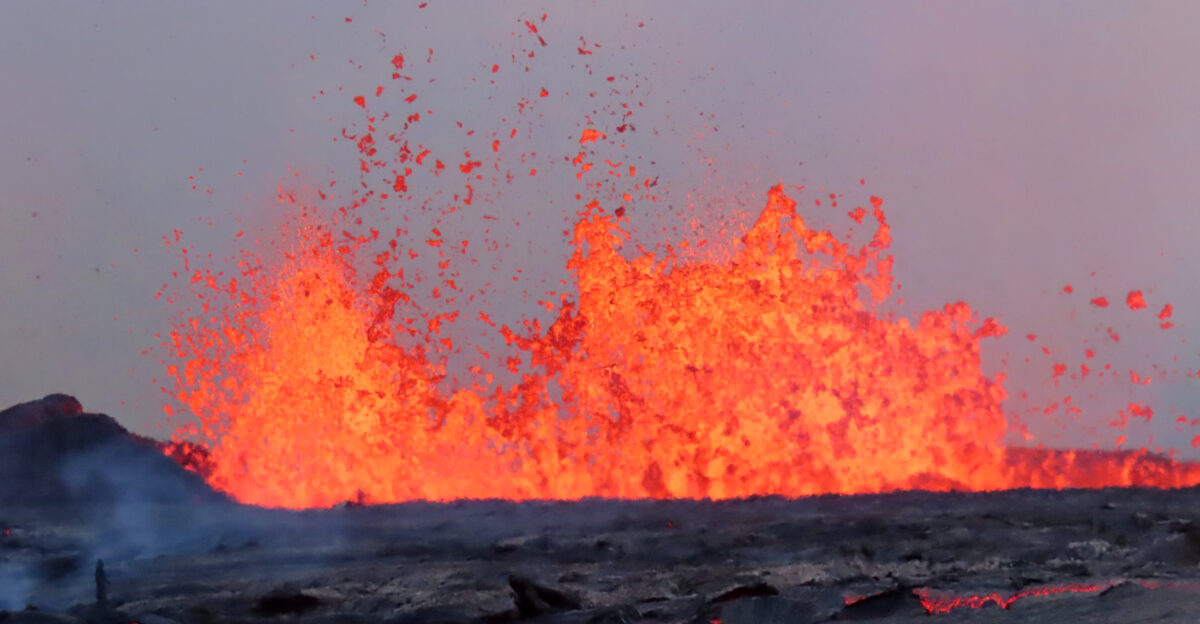
Communities downwind of Kilauea face potential hazards from volcanic fumes, particularly sulfur dioxide (SO2), which can create volcanic smog known as vog. The eruption may also impact air quality with fine volcanic particles. The eruption’s impact on the surrounding region could include air quality concerns, as observed in previous volcanic events when volcanic gas and ash drifted downwind—a situation documented by multiple news organizations and government agencies.
With the volcano’s ongoing unrest, authorities continue to monitor conditions and advise residents to stay informed through official USGS and Hawaii Department of Health resources regarding air quality and health precautions.
Community Preparedness
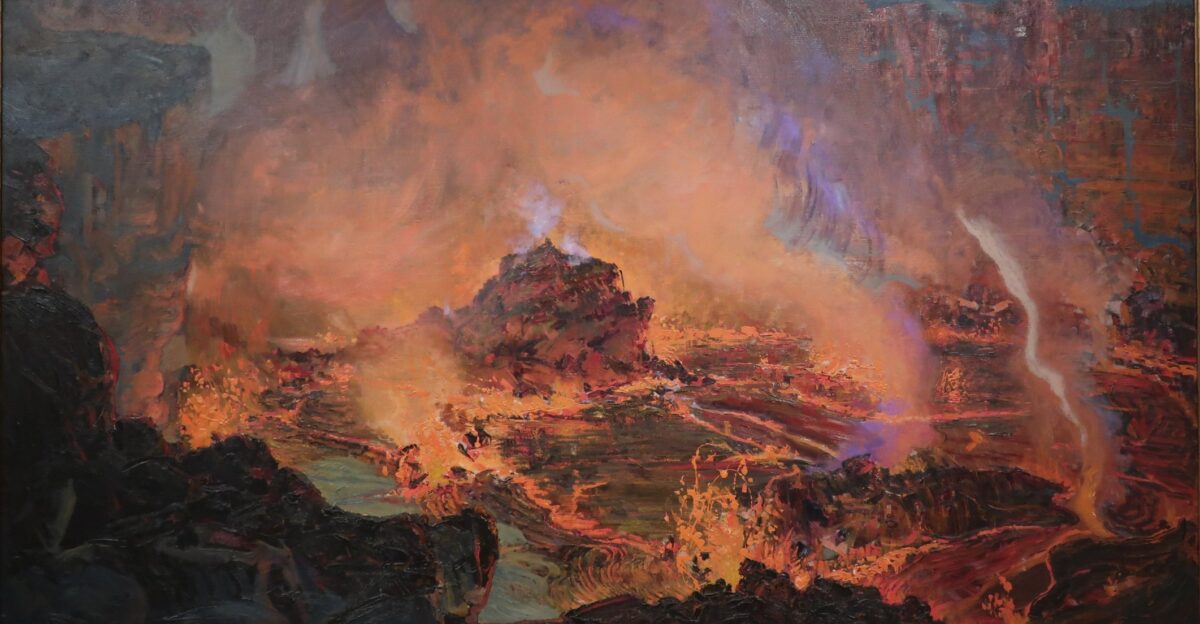
In response to the ongoing volcanic risk, Hawaii’s Emergency Management Agency continues to advise residents to review their disaster preparedness plans and stay updated on USGS advisories, as indicated in official press statements. National Park officials have reinforced restrictions and cautioned visitors to stay outside closed zones, per National Park Service advisories.
Coordination among local, state, and federal agencies is ongoing to ensure resources and information are readily available should the situation deteriorate, as described in government updates.
Notable Eruption Features
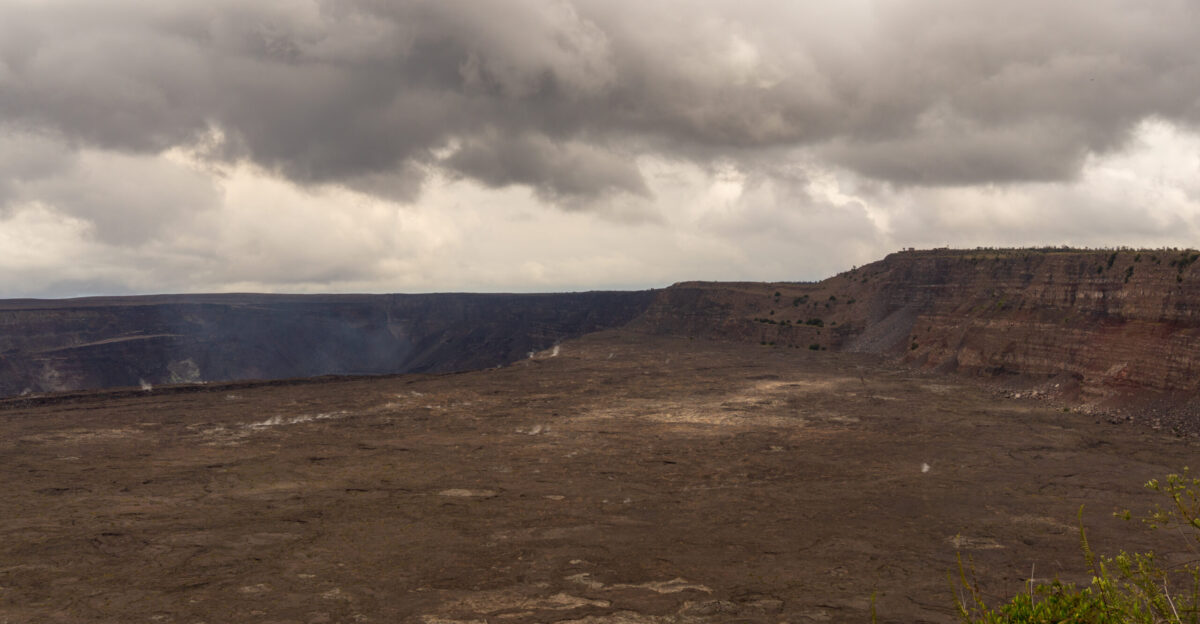
Kilauea is known for its dramatic lava fountains. During Episode 35 in October 2025, lava fountains reached record heights, with the south vent fountain reaching nearly 1,500 feet and the north vent reaching approximately 1,100 feet (per USGS Hawaiian Volcano Observatory), a phenomenon confirmed by the USGS Hawaiian Volcano Observatory and covered by CNN and other major news sources. These intense eruptions can send volcanic debris flying over vast distances within the caldera, posing significant hazards to monitoring equipment and the closed area.
In contrast, the most recent fountaining episode (Episode 37) in November 2025 produced fountains reaching 500-600 feet from the north vent. As scientists track the volcano’s behavior, the possibility of continued eruptive episodes remains a concern, as echoed by independent volcanic experts.
Pele’s Hair

In previous eruptions, the phenomenon known as “Pele’s hair”—thin, glass-like fibers—has fallen over areas miles downwind from the volcano. These particles are documented hazards, as described in USGS and Hawaii Department of Health resources. Most Pele’s hair is too large to be inhaled into the lungs, as particles must be less than 10 micrometers in diameter to enter the respiratory tract. However, Pele’s hair can cause skin and eye irritation when touched or walked on with bare feet, according to official National Park Service and USGS guidance. People with existing respiratory diseases, such as asthma, may experience worsened symptoms when exposed to airborne volcanic particles, and should consult their doctor about treatment plans.
Medical professionals, as advised in local hospital contingency plans and county emergency guides, are monitoring for any potential health impacts, as residents are advised to take precautions when volcanic air quality is poor.
Community Response
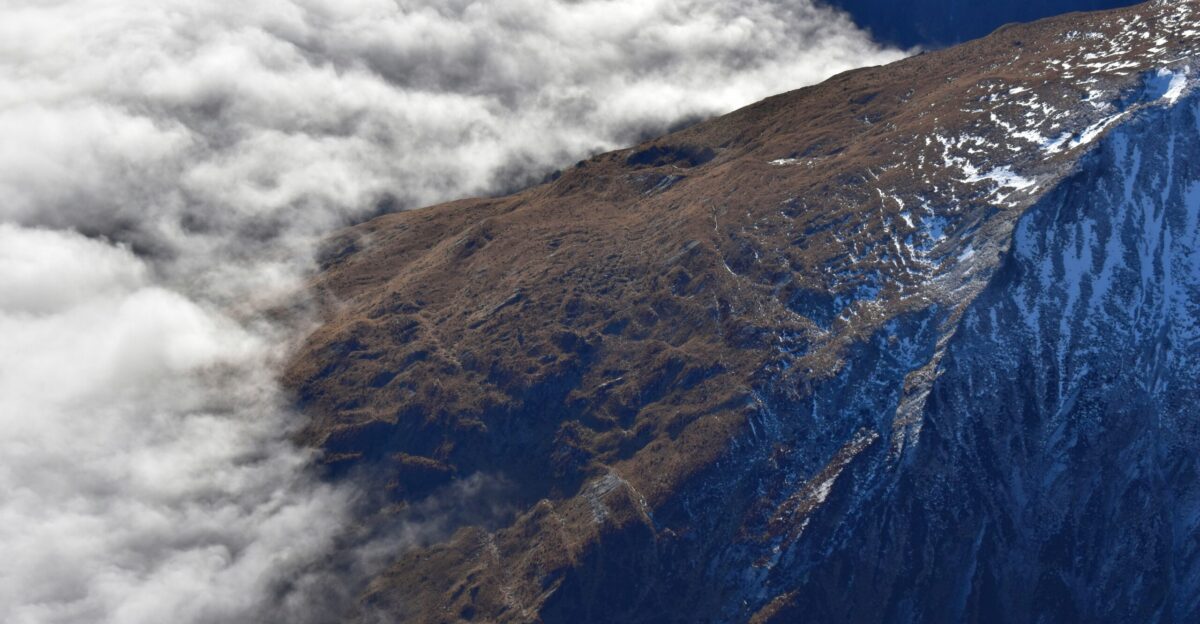
Despite the ongoing volcanic activity, most businesses and schools in nearby communities have remained open.
The balance between monitoring volcanic hazards and maintaining normal daily operations remains an important consideration for the community, as they await further updates from authorities, a point highlighted in recent county briefings.
Emergency Response Measures
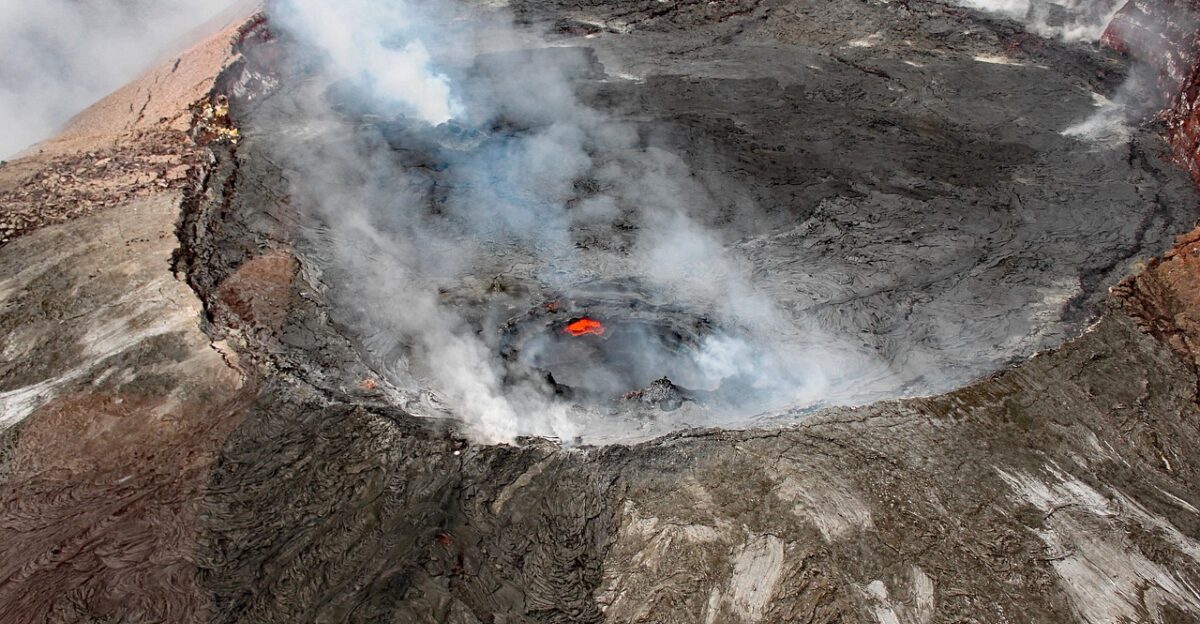
Hawaii County officials continue to maintain emergency response readiness, with enhanced drills and improved communication systems in place. These steps are outlined in recent county press releases detailing ongoing emergency protocols.
Officials pledge to review response measures as the volcano continues to be monitored, applying lessons learned from past events to future volcanic activity, as stated in county leadership briefings.
Preparedness Informed by Past Events
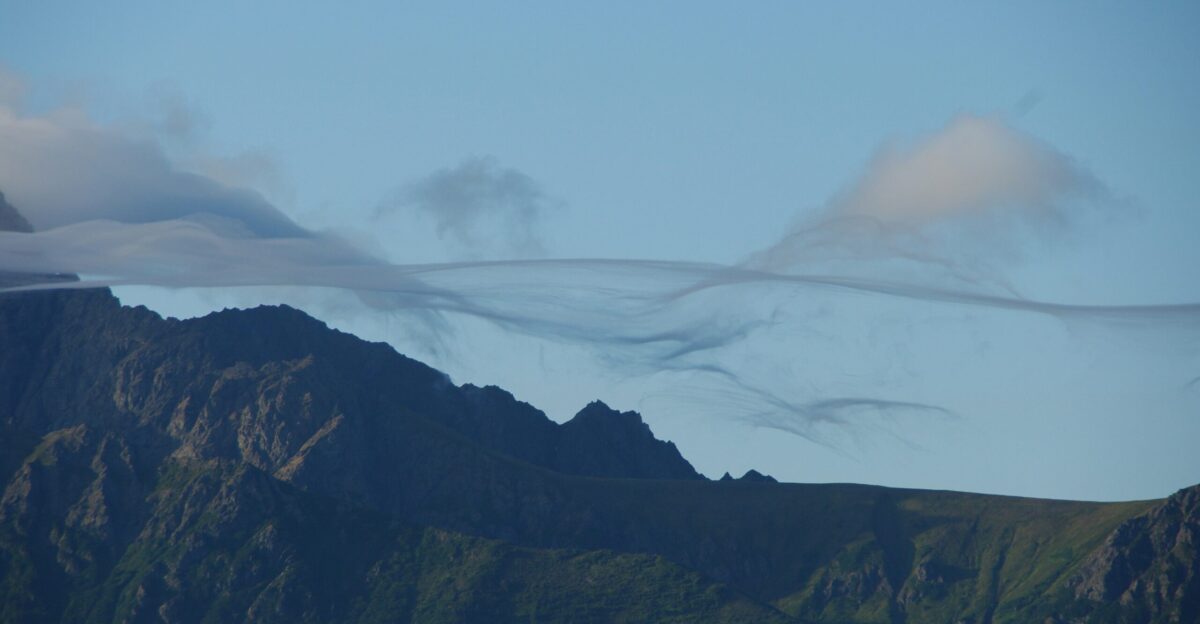
In the wake of the 2018 eruption and other past volcanic events, the government has maintained funding for emergency resources and shelters, details of which can be found in public records and state grant announcements.
Current evacuation plans include accessible routes for the affected areas of national park land, and medical facilities are being reinforced to provide better emergency care—efforts described by the Hawaii Emergency Management Agency.
Understanding Volcanic Forecasts
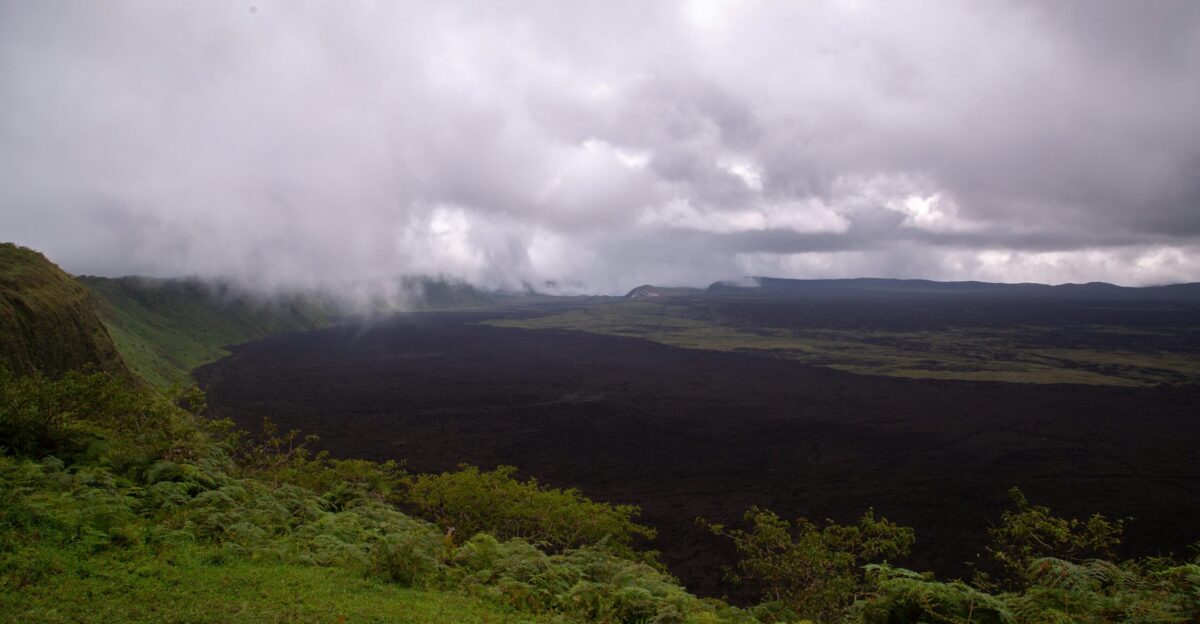
While USGS monitors seismic activity closely, volcanologists acknowledge that predicting the exact timing of eruptive episodes is inherently uncertain. Episodic volcanic behavior, while following general patterns, cannot be precisely forecast.
However, most experts agree that continued monitoring and early warnings are justified, as they help keep residents and visitors informed—a principle widely discussed in USGS and academic publications.
What Comes Next?

As volcanic activity continues at variable levels, officials are keeping close watch for signs of changes in eruption patterns or intensity. Any significant shifts could lead to updates in alert levels or hazard assessments, as outlined in USGS and local government updates.
In the coming weeks, both residents and scientists will continue observing Kilauea’s behavior, hoping that preparedness and official monitoring keep them safe from the unpredictable power of the island’s restless volcano.
Sources:
U.S. Geological Survey (USGS) Hawaiian Volcano Observatory
USGS Volcano Disaster Assistance Program / Hawaiian Volcano Observatory Reports
National Park Service – Hawaiʻi Volcanoes National Park
Hawaii Department of Health / Hawaii Emergency Management Agency
Smithsonian Institution Global Volcanism Program
CNN / Hawaii News Now